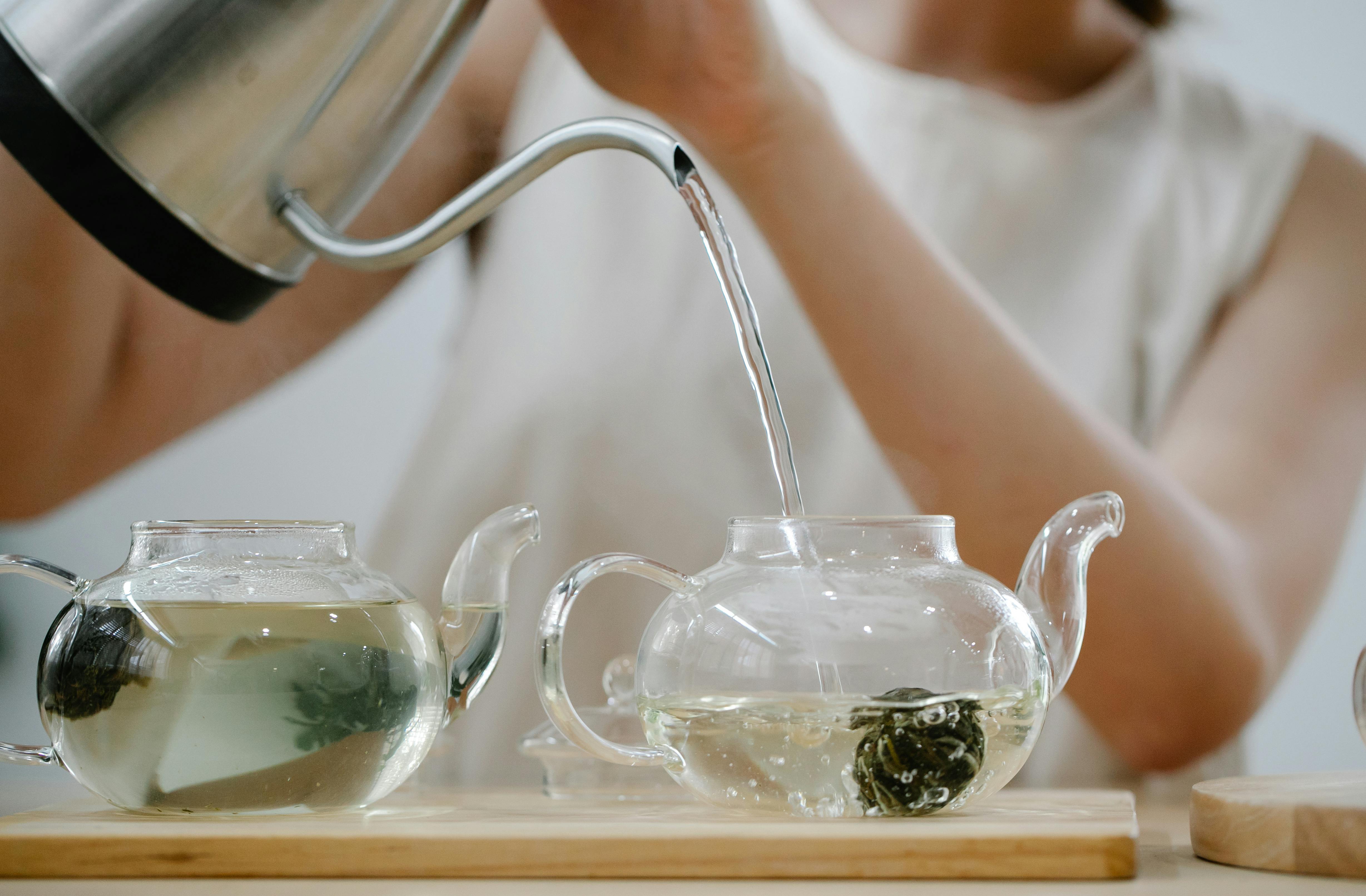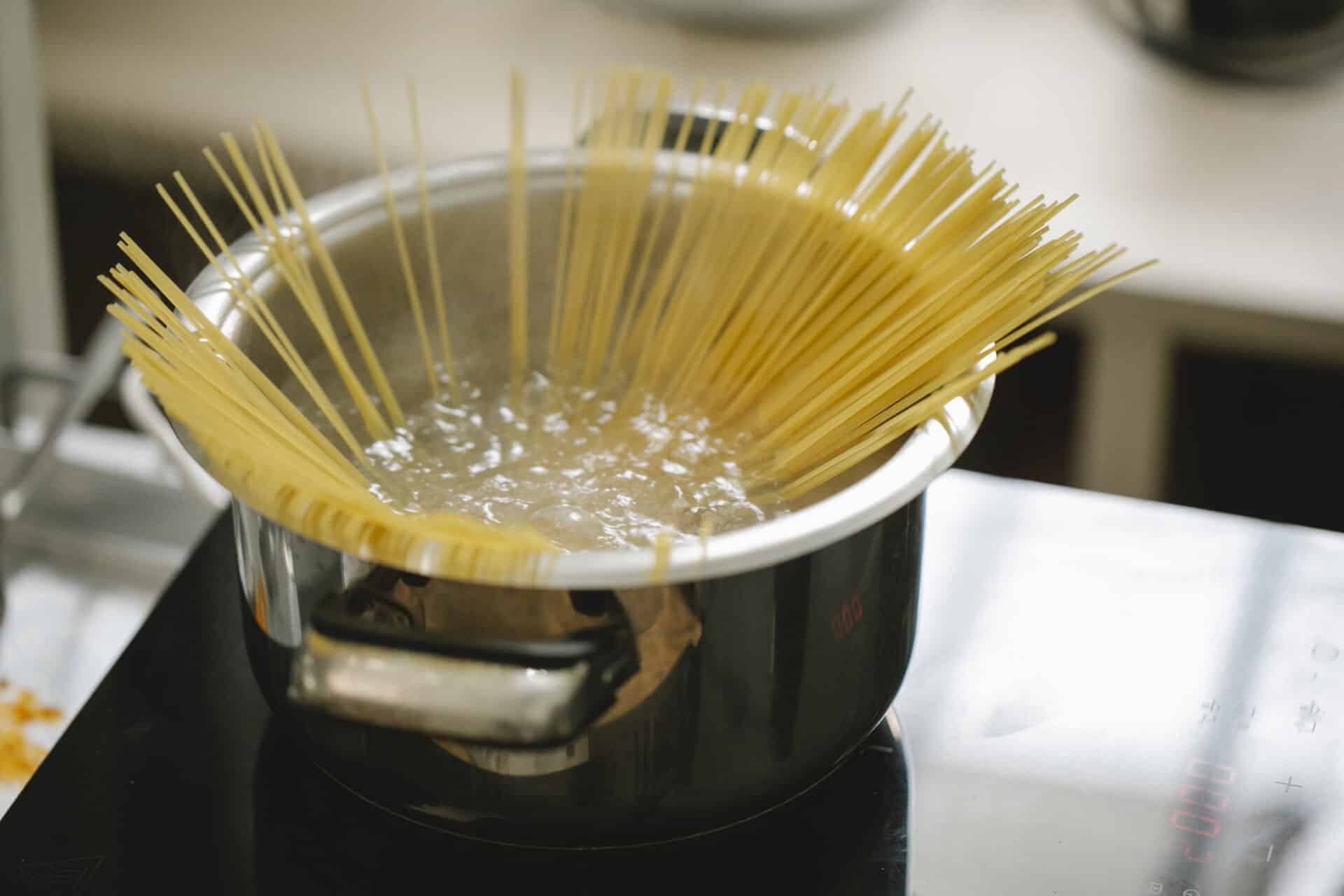Boiled water and distilled water are two types of purified water that each have their own benefits. Boiled water is heated to a temperature high enough to kill any contaminants in the water, while distilled water is a form of purest drinking water that has been further treated to remove any minerals or other impurities. While boiled and distilled waters are both purified forms of drinking water, they are not the same.No, boiled water is not equivalent to distilled water. Boiled water is simply heated to a temperature of 100°C to kill any bacteria or organisms present in it. On the other hand, distilled water is a type of purified water that has had both contaminants and minerals removed. The process of distillation involves boiling the water and then condensing the steam into a clean container, leaving virtually all solids behind.
The Difference Between Boiled Water and Distilled Water
Boiled water and distilled water are both important for drinking and purification purposes. But there are some distinct differences between the two. Boiled water is simply water that has been heated to its boiling point, which is 212 degrees Fahrenheit, or 100 degrees Celsius. The heat destroys any microorganisms present in the water, making it safe for human consumption. On the other hand, distilled water is produced by a process called distillation. During this process, the water is boiled until it turns into steam, then cooled back down to its liquid form as it condenses on the other side of a barrier. This process removes all impurities in the water, including minerals, heavy metals, and other contaminants. The result is a much purer form of water than what is achieved with boiling alone.
Ultimately, boiling does provide some level of purification but it only removes certain elements from the water. Distillation goes one step further by removing all solutes from the liquid, leaving only pure H2O behind. As such, distilled water has many applications in medical settings due to its purity level. Boiled water can still be
Boiling vs. Distillation Process
Boiling and distillation are two processes used to separate a mixture of liquids. Each process has its advantages and disadvantages. Boiling is a simple process that involves heating the mixture until it starts to evaporate and then collecting the vapor. Boiling is often used when dealing with mixtures of liquids that have similar boiling points. However, it can be difficult to separate two liquids with different boiling points using this method. Distillation is a more complex process that uses heat and condensation to separate liquids with different boiling points. It is often used when dealing with mixtures of liquids that have very different boiling points. The main disadvantage of distillation is that it requires more energy than boiling and can be more expensive due to the additional equipment required. Both processes are effective for separating mixtures of liquids, but which one should you choose? It depends on the type of mixture you are dealing with and your budget.
Distilled Water
Distilled water is water that has been boiled to create steam, which is then allowed to condense back into liquid form. The condensation process removes impurities and minerals from the water, resulting in a clean, pure product. It is often used for drinking, cooking, and other household needs. It can also be used for medical purposes such as dialysis and IV fluids. Distilled water has a relatively neutral pH balance and does not contain any minerals or salts. This makes it ideal for use in water filtration systems as it does not require additional chemicals or treatments to make it safe for human consumption.
Distilled water is often preferred over tap water due to its lack of taste or odor. This makes it more appealing for drinking as well as for use in food preparation and other household tasks. Additionally, distilled water is free from contaminants that can be found in tap water such as lead, chlorine, and other hazardous materials. Distilled water is available at most grocery stores and can be purchased in various sizes.
The process of distillation has been used since ancient times to purify water for drinking purposes. Today,
What is Boiled Water?
Boiled water is water that has been heated to its boiling point. During the boiling process, volatile compounds and gases are released, which leaves the water free from most contaminants. Boiling also destroys any microbial life present in the water, making it safe to drink. Boiling is one of the safest and most effective methods of purifying drinking water.
Boiling can be done with a variety of heat sources such as gas, electric, and solar energy. In some cases, boiling may be necessary to make the water safe to drink due to the presence of chemical contaminants or microorganisms. Boiling can also be used to reduce levels of minerals in hard water or to improve taste and smell.
The amount of time required for boiling will depend on factors such as altitude and type of heat source used. Generally speaking, it takes three to five minutes for water at sea level to reach a rolling boil. At higher altitudes, it may take longer for the water to reach its boiling point due to lower air pressure.
Once the water comes to a boil, it should be allowed to cool before drinking or using it for cooking purposes

How to Make Distilled Water at Home?
Distilled water can be made at home using a few simple supplies. The process of making distilled water involves boiling water and then condensing the steam back into liquid form. Making distilled water at home is a fairly simple process and allows you to have safe, clean drinking water for a fraction of what it would cost to buy bottled distilled water. Here are the steps for making your own distilled water at home:
1. Gather your supplies – You will need a large pot or other container, an empty gallon jug, and some ice cubes. You will also need either cheesecloth or muslin fabric to cover the top of the pot.
2. Fill the pot with tap water – Fill your pot about halfway with regular tap water from your kitchen sink. Make sure that the pot is not too full as it will need room for steam to accumulate as it boils.
3. Boil the tap water – Place the pot on a stove burner and turn it on high heat until boiling occurs. Allow it
Advantages of Boiled Water
Boiling water is an effective way to purify and cleanse it from contaminants. Boiling water removes bacteria, viruses, parasites, and other harmful microorganisms that can cause diseases. It is also a safe and cost-effective method for purifying drinking water. Boiling also improves the taste of the water by removing any unpleasant odors or tastes. In addition, boiling water can remove certain minerals from the water which can make it healthier to drink.
Disadvantages of Boiled Water
Boiling does not remove all contaminants from drinking water, such as heavy metals, pesticides, or other chemicals that may be present. Also, some of the beneficial minerals in the water may be lost due to boiling. Finally, boiling takes time and requires fuel or electricity to heat the water which can be costly.
Advantages of Distilled Water
Distilled water is purified through a process called distillation. This process removes impurities such as bacteria, viruses, parasites, salts and other dissolved solids from the drinking water
Purifying Contaminated Water with Boiling and Distillation
Water contamination can be a serious problem and can cause health issues. Boiling and distillation are two of the most common methods used to purify contaminated water. Boiling is a very effective way to kill bacteria and other contaminants present in the water. It is also inexpensive and easy to do. All that is required is to heat the water until it boils for at least one minute. This will kill most of the pathogens present in the water, making it safe for drinking.
Distillation is another way to purify contaminated water. This method involves boiling the water and then collecting the steam in a separate container, where it then condenses back into liquid form. This process removes contaminants such as heavy metals, salts, organic compounds, and other particles present in the water. However, it is more expensive than boiling and takes more time.
Both boiling and distillation are effective ways to purify contaminated water. Boiling is easier and cheaper but may not remove all contaminants from the water. Distillation removes more contaminants but takes longer time and requires more equipment.

Conclusion
Boiled water is not equivalent to distilled water. Boiling water is a basic way of purifying it, but it does not remove all impurities. Boiling can kill some microorganisms, but it cannot remove dissolved minerals and chemical contaminants. Distilled water, on the other hand, is pure and free of any impurities. It is also sterile and safe to drink. Therefore, for those looking for clean, pure drinking water, distilled water is the best option.
In conclusion, boiled water and distilled water are not the same. Boiled water still contains impurities while distilled water is completely free of them. Distilled water is also sterile and safe to drink compared to boiled water. Therefore, if you want pure drinking water with no impurities then distilled water should be your choice.

